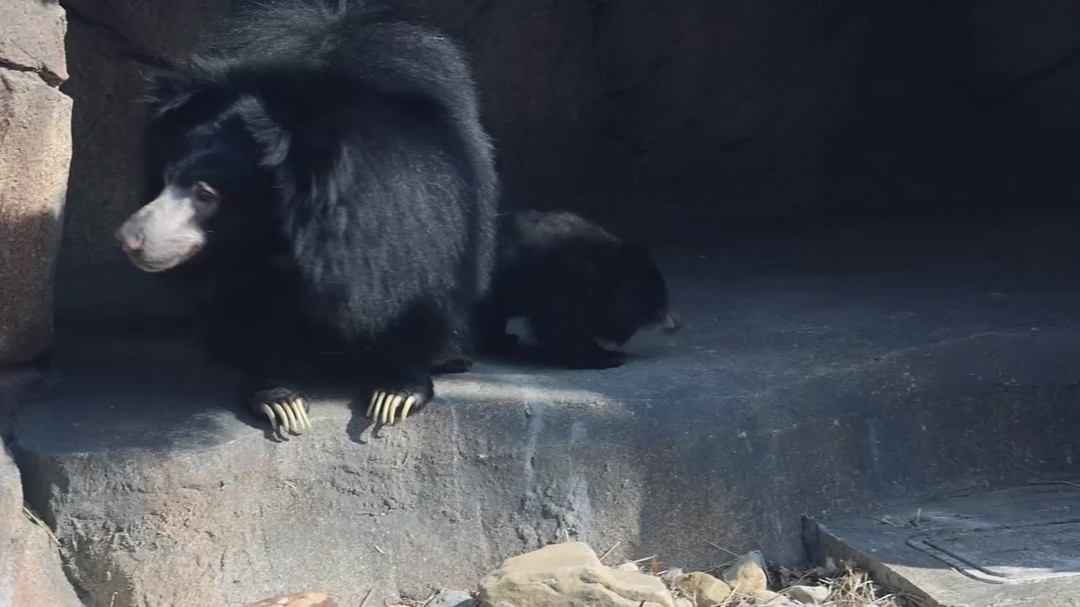- Introduction of Suhani, the new bear cub at Cleveland Metroparks Zoo, highlighting her name and personality.
- Exploration of the significance and methodology of naming zoo animals with cultural contexts.
- Overview of the specific care needs and conservation aspects involved in raising bear cubs in captivity.
- Insight into the exhibit at Susie’s Bear Hollow and the role of such environments in education and conservation.
- Discussion on the broader implications of wildlife conservation efforts and the part zoos play in these initiatives.
Cleveland Metroparks Zoo recently introduced a charming new member to its family—a bear cub named Suhani. The name Suhani, which translates to “pleasant” in Hindi, aptly describes her gentle and endearing nature. This selection is not merely a whimsical choice but a thoughtful reflection of the Zoo’s commitment to cultural and global awareness in the naming of its animals. Animal naming in zoos is often a considered process that involves cultural sensitivity, public engagement, and sometimes even partnerships with cultural institutions or community groups.
In Suhani’s case, the decision to give her a name with cultural significance underscores the Zoo’s dedication to fostering a connection between their animals and the broader community. It serves as an educational tool, reminding visitors of the global span of wildlife and the cultural connections that can enrich our understanding of these creatures. Naming also plays a vital role in conservation efforts by creating a narrative that encourages public interaction and support.
Raising a bear cub like Suhani within the environment of a modern zoo involves specialized care and an understanding of the species’ natural behaviour and needs. As a young cub, Suhani requires a balanced diet that mimics what she might find in the wild, ensuring she gains a healthy amount of fat and nutrients. Veterinary teams work closely with nutritionists to provide a feeding regimen that considers both the physiological needs and the psychological well-being of the cub. Enrichment activities are devised not only to develop her motor skills but also to engage her curiosity and intellect.
The management and care of bear cubs in captivity go beyond mere physical health. There is a concerted effort in zoos to stimulate their natural instincts and social behaviours, which are essential for their overall development. Cubs like Suhani spend significant time with their mothers, learning behaviours that are crucial for their independence and survival. Enclosures are meticulously designed to allow for such interactions while providing a safe space where the cubs can explore and play freely.
Visitors to Cleveland Metroparks Zoo can observe Suhani in Susie’s Bear Hollow, a specially curated area that aims to mimic a bear’s natural habitat. Such environments are critical for conservation education, as they allow guests to see these majestic animals in a setting that encourages natural behaviours. Exhibits like Susie’s Bear Hollow are designed not just for public enjoyment but as a platform for educational programs that inform visitors about the importance of wildlife conservation.
By seeing Suhani and learning her story, visitors can engage with issues like habitat destruction, climate change, and human-animal conflict that threaten bear populations in the wild. These exhibits also reinforce the role of zoos as bastions of conservation efforts, working to preserve species at risk of extinction and to educate the public on the significance of protecting our natural world.
The broader conservation implications of housing animals like Suhani in zoos are multifaceted. Modern zoos, including Cleveland Metroparks Zoo, are no longer just places for public recreation but are essential players in global conservation initiatives. These institutions participate in breeding programs that bolster population numbers for threatened species, engage in research that informs wildlife management strategies, and advocate for the protection and rejuvenation of wild habitats.
Suhani’s presence at the zoo highlights the delicate balance between conservation and education that modern zoos strive to achieve. Through these efforts, zoos contribute not only to preserving individual species but also to maintaining biodiversity and ecological integrity on a global scale. Organizations committed to wildlife conservation must continuously adapt and innovate their methods to address the dynamic challenges faced by species around the world.
In conclusion, the story of Suhani the bear cub is more than just an introduction of a new zoo inhabitant; it is a narrative steeped in conservation, education, and cultural appreciation. From her thoughtfully chosen name to her carefully managed upbringing, Suhani represents the multifaceted roles that zoos play in both local and international contexts.
Suhani embodies the efforts of dedicated zoologists, conservationists, and educators who work tirelessly to protect wildlife and inspire a sense of stewardship in the public. Her journey is an ongoing testament to the vibrant and vital work happening at Cleveland Metroparks Zoo and similar institutions worldwide, reminding us of the interconnectedness of life on Earth and the responsibilities we share in preserving it for future generations.
*****
Source Description
It’s official: we’re bear-y in love! 😍
Meet Suhani! Cleveland Metroparks Zoo is excited to announce its newest addition, a cub, has been named Suhani—which means “pleasant” in Hindi, reflecting her gentle and endearing nature.
Guests can visit the Zoo’s newest addition at Susie’s Bear Hollow starting today. Viewing will be both dependent on weather, and up to mom who will have access to both indoor and outdoor areas.


